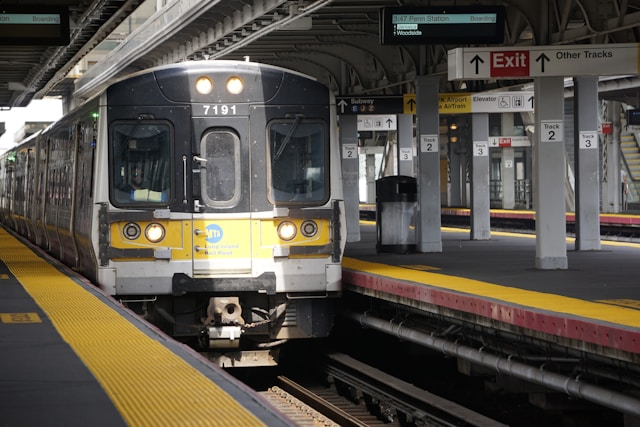Long Island Railroad
Live Long Island Railroad Train Map
Loading map...
Selected Network
Loading map...

LIRR: NYC to Long Island commuter rail
The story of
Chartered in 1834 as the Brooklyn and Jamaica Rail Road, the LIRR initially aimed to provide a faster route between New York and Boston. The first section opened in 1836, extending to Greenport by 1844. After facing challenges in the mid-1800s, it refocused on local services. The Pennsylvania Railroad's acquisition in the late 19th century led to extensive modernization. Despite bankruptcy in 1949 due to increased automobile competition, the MTA's acquisition in 1965 brought a resurgence. Today, after over 185 years, it remains the busiest commuter railroad in the United States.
These statistics are updated in real-time based on current train data for this network. (Speed data not available for this network)